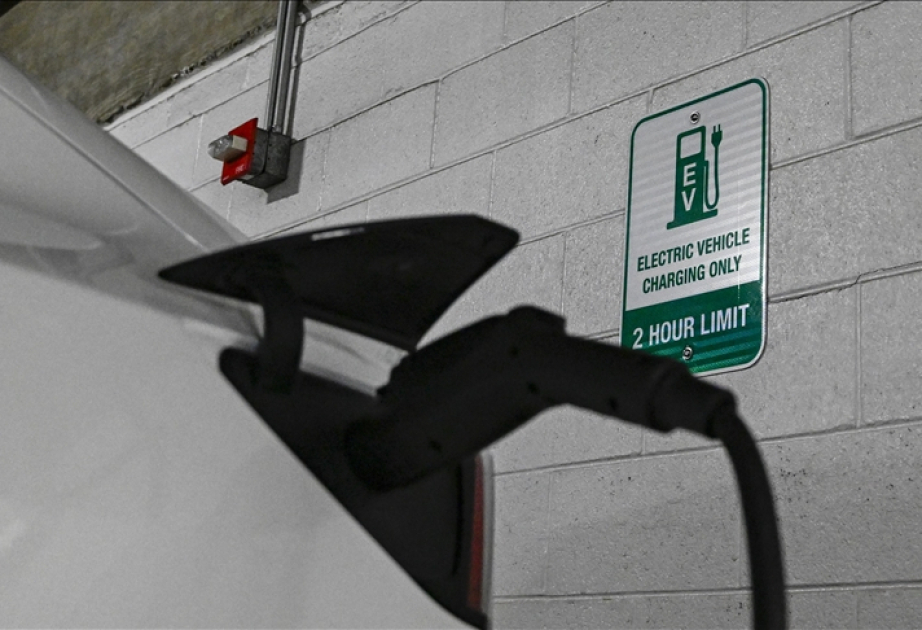Global electric vehicle (EV) sales reached a record high in 2024, totaling 17.1 million units of passenger and light-duty EVs, Anadolu Agency reports citing a report by Rho Motion, a leading EV research firm.
Sales surged by 25% compared to the previous year, spurred by four consecutive months of exceptional sales.
China dominated the global EV market, with 11 million units sold in 2024, marking a 40% year-on-year growth.
Sales of plug-in hybrid electric vehicles (PHEVs) in China saw an impressive 81% increase last year, driven by growing demand for range-extender EVs and the mid-year expansion of the car trade-in scheme.
BYD emerged as the leading manufacturer, capturing over one-third of China's EV market share with more than 40 models in its portfolio.
In Europe, however, sales experienced a slight decline, dropping by 3% to 3 million units in 2024.
The UK led the region, surpassing Germany with more than 400,000 units sold in 2024, thanks to the Zero Emission Vehicle (ZEV) mandate.
Norway continued to hold the highest EV penetration rate globally, exceeding 90% by the end of the year. In contrast, Germany faced difficulties as the removal of subsidies in early 2024 negatively impacted its sales.
North America saw consistent growth, with 1.8 million units sold in the US and Canada, a 9% increase from 2023.
However, the market faces uncertainty in 2025, as President-elect Donald Trump has suggested plans to reduce vehicle tax credits, which are a significant driver of EV adoption, the report said.
In December 2024, global EV sales reached over 1.9 million units, surpassing the previous month’s record by 5%.
China accounted for 1.3 million EVs sold, marking a 36% year-on-year increase and a 2% rise month-on-month.
In Europe, 300,000 EVs were sold in December, reflecting a 12% monthly increase and a 1% rise year-on-year, while the US and Canada saw a record-high 185,000 units sold.
Charles Lester, data manager at Rho Motion, credited the global surge in EV sales to government incentives and mandates.
While subsidies and trade-in schemes helped drive growth in markets like China and North America, Europe faced challenges due to reduced incentives, he explained.



















